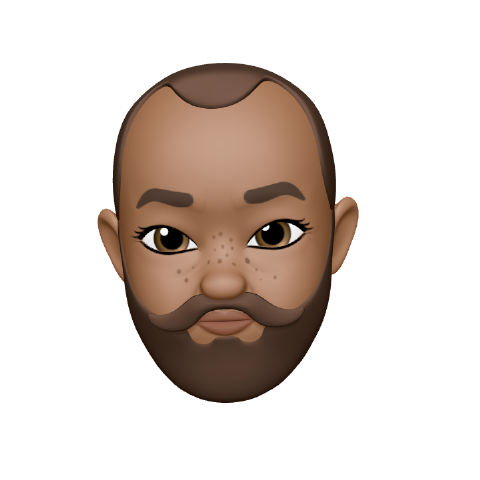Riverpod 2.0: Quick Notes on Read/Write StateProviders
- 3 minsOverview
The release of Riverpod 2.0 provided a shift towards a more modern syntax for defining providers by using the @riverpod annotation. However, this new syntax can lead to some confusion when migrating from the older StateProvider approach. You’ll see how to avoid the embarrasingly simple mistake I made while migrating an existing state provider to using Riverpod 2.0.
The Basics: @riverpod Annotation
In Riverpod 2.0, using the @riverpod annotation on a function creates a read-only provider. This is useful when you want to expose immutable data. Here’s an example:
@riverpod
String searchField(SearchFieldRef ref) {
return '';
}
This replaces the older syntax:
final searchFieldProvider = StateProvider<String>((ref) => '');
But there’s an important difference: the @riverpod annotation creates a Provider which is read-only unlike the older syntax. This means that attempting to modify this state using:
TextField(
controller: _searchTextFieldController,
onChanged: (value) {
ref.read(searchFieldProvider.notifier).state = value; // <=
},
)
will work if you use the older syntax to define your StateProvider, but will result in an error quite similar to the below:
The getter 'notifier' isn't defined for the type 'AutoDisposeProvider<String>'
This is because the provider auto-generated with the @riverpod annotation doesn’t have a notifier. In Riverpod 2.0, the notifier property has been removed from Provider and StateProvider.
Implementing a Read/Write Provider
In Riverpod 2.0, the StateProvider has been deprecated in favor of the new StateNotifierProvider. The StateNotifierProvider is more powerful and flexible, allowing you to encapsulate the state management logic within a separate class (StateNotifier).
By using the @riverpod syntax with the extends _$SearchField approach, we’re creating a StateNotifierProvider under the hood, which is why it is required to implement a state mutation method to modify the state.
To implement a read/write provider in Riverpod 2.0, you can use one of the following approaches:
Using a Custom Class
You can manage the state by defining a custom class with the @riverpod annotation. Here’s how:
@riverpod
class SearchField extends _$SearchField {
@override
String build() {
return '';
}
void update(String value) { // <== this custom function enables mutation of state
state = value;
}
}
Now, in your Flutter widget, you can update the state like this:
TextField(
controller: _searchTextFieldController,
onChanged: (value) {
ref.read(searchFieldProvider.notifier).update(value); // <== see how it's used
},
)
Using the Legacy StateProvider Alternative
If you prefer a more straightforward approach without defining a custom class, you can still use the legacy StateProvider syntax like so:
final searchFieldProvider = StateProvider<String>((ref) => '');
This keeps things simple and gives you the notifier to update the state directly:
TextField(
controller: _searchTextFieldController,
onChanged: (value) {
ref.read(searchFieldProvider.notifier).state = value;
},
)
Conclusion
So, there ya go! Don’t be like me: read the darn documentation very well 😏
